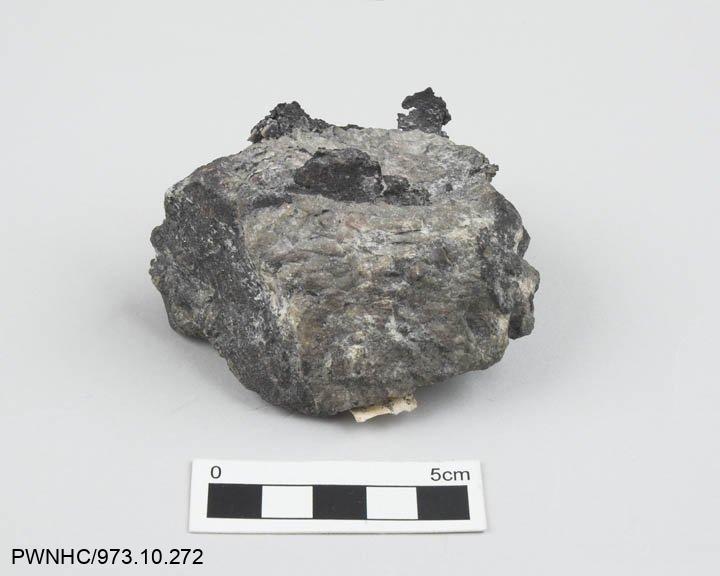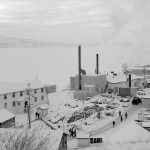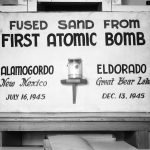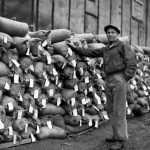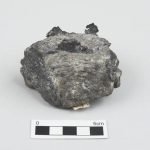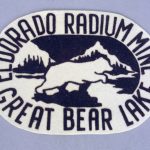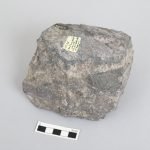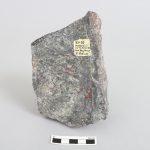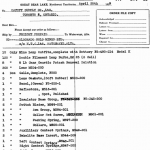1930
Eldorado and the First Mining Rush
Before the 1930s, most permanent Northwest Territories (NWT) communities began as fur trading posts or Catholic missions. These trading posts provided easy access for Dene, Métis and Inuvialuit trappers to bring their furs and buy supplies. The posts grew during the 1950s and 60s when families moved from outlying camps to find work, receive government services such as health care and education, and be closer to groceries and supplies.
The history and origin of mining towns in the NWT are very different as they were located where minerals were discovered, often many miles from the nearest community. A mining company had to build an entire village in the wilderness to attract employees; the company usually owned the homes, stores, and recreation facilities. The town’s existence was linked entirely to the maintenance and production of the resource, be it gold, uranium or iron ore. As long as the mine functioned, the town stayed open.
The first major mining operation in the NWT was the Eldorado radium, silver, and uranium mine at Great Bear Lake. Ontario prospector Gilbert Labine was looking for silver and cobalt in 1929-1930 when he happened upon an interesting formation on the east side of Great Bear Lake – pitchblende ore.
Radium, the rarest and most valuable element then known, could be extracted from pitchblende and was prized in the medical field for its potential cancer-curing applications. Considering radium’s value by weight was $15,000 per refined gram, any new find of pitchblende would be very enticing and create a stir in the investment community.
Gilbert Labine’s mineral claim became the Eldorado Mine (also known as “Port Radium”) and sparked a mining rush to the Northwest Territories. Settlers moved north during 1932-1933 to get a piece of the action and started the small town of Cameron Bay in the centre of the new radium and silver district. Ottawa sent surveyors, RCMP, radio operators, and government agents in anticipation of increased industrial activity. By 1937, however, Cameron Bay had fizzled out as prospectors failed to find substantial new radium or silver discoveries around Great Bear Lake and had moved onto new areas of the north. From Great Bear Lake, the search for minerals continued, and many prospectors, traders, and entrepreneurs that previously lived at Cameron Bay would contribute to founding new mining camps. The Eldorado Mine produced radium, uranium, silver and copper from 1933 to 1960 and was the most commercially successful mine at Great Bear Lake. Echo Bay Mines reopened the facilities and underground workings between 1964 and 1982, focusing on silver and copper production.
The mineral industry expanded through the NWT in the 1930s-1960s with gold discoveries at Yellowknife, while base metal and tungsten deposits were found in remote areas. Northern economies became more aligned to mining and mineral exploration, and more corporate- and government-supported mining towns were created. The Pine Point lead/zinc mine built a town with a peak population of 1,900 between 1964 and 1988 when the mine and townsite were closed. The Cantung tungsten mine in the Mackenzie Mountains also had a sizeable company-run townsite during its life from 1962 to 1986 closure. Since then, industry and government have moved away from mining towns populated with worker’s families, preferring the fly-in/fly-out, shift rotation model that establishes worker camps rather than full-service villages.
